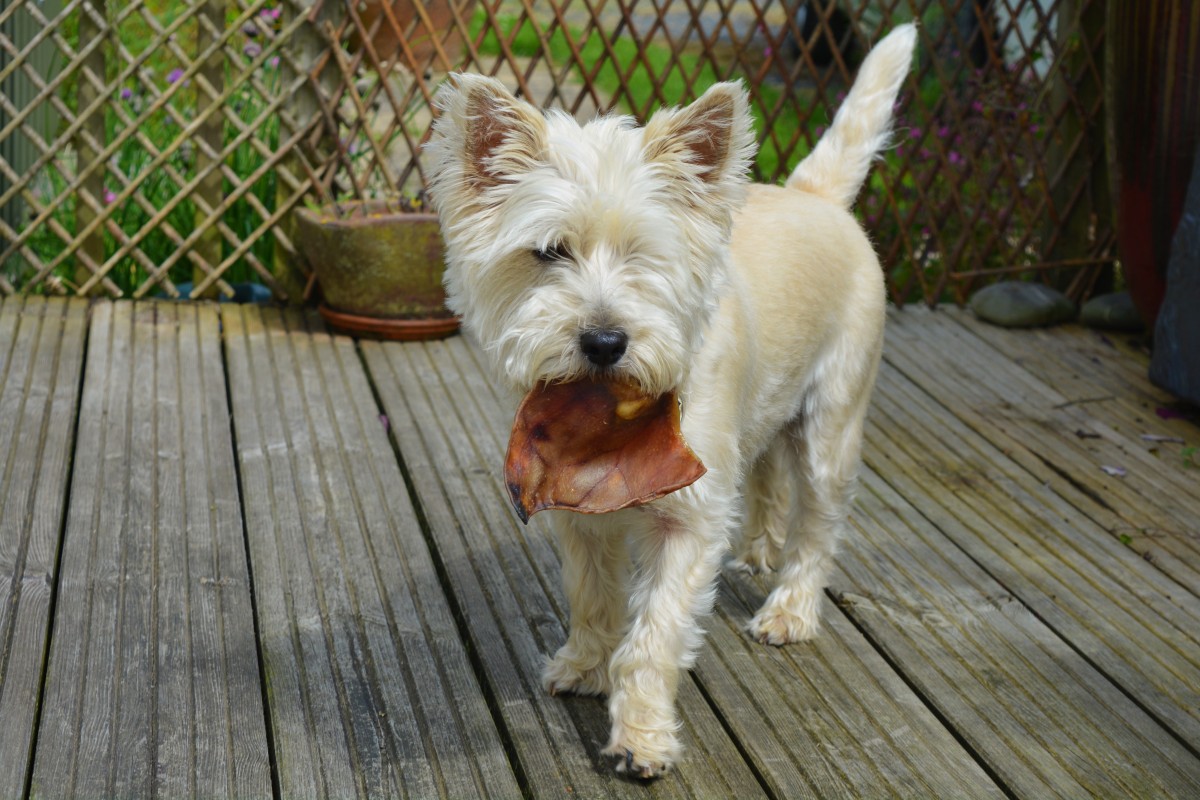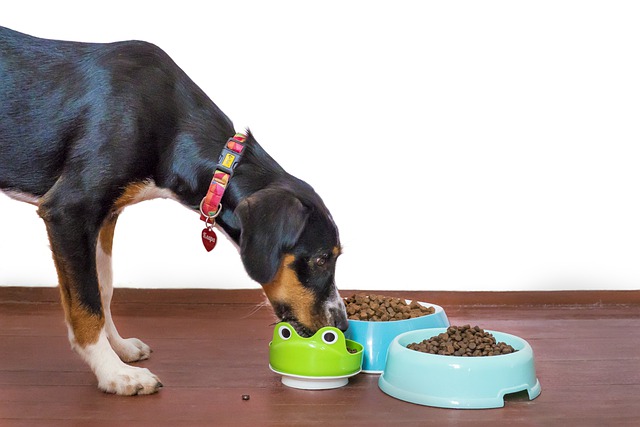
Ah, the joy of being a pet parent! If you’re a dog lover in the United States, you understand the importance of providing your furry friend with the best care, including a well-balanced diet. In this comprehensive guide, we’ll delve into the art of feeding your dog, offering practical tips and valuable insights to ensure your canine companion receives the nutrition and love they deserve.
The Key to a Healthy and Happy Dog
Proper nutrition is the foundation of your dog’s health and happiness. A well-fed dog is more likely to be energetic, have a shinier coat, and enjoy a longer, more fulfilling life. Here’s how you can ensure you’re feeding your four-legged friend the right way.
1. Choose the Right Dog Food
Selecting the right dog food is a crucial decision. There are various options to consider, including:
- Commercial Dog Food: This is the most convenient option, with various brands and formulations available.
- Raw Dog Food: Some pet owners prefer a raw food diet, consisting of uncooked meat, bones, and vegetables.
- Homemade Dog Food: Preparing homemade dog food allows you to have control over the ingredients and their quality.
The choice of dog food depends on your dog’s dietary needs, age, breed, and any specific health concerns. Consult with your veterinarian to determine the best food for your furry friend.
2. Know Your Dog’s Nutritional Needs
Understanding your dog’s nutritional needs is essential. Dogs require a balanced diet consisting of:
- Proteins: Essential for muscle growth and overall health.
- Fats: Provide energy and support skin and coat health.
- Carbohydrates: Offer a source of energy.
- Vitamins and Minerals: Necessary for various bodily functions.
- Water: Always ensure your dog has access to fresh, clean water.
3. Pay Attention to Portion Control
Proper portion control is vital to prevent overfeeding or underfeeding. Follow the recommended serving sizes on the dog food packaging as a starting point. Adjust the portion size based on your dog’s activity level, age, and individual metabolism.
4. Maintain a Consistent Feeding Schedule
Establishing a consistent feeding schedule helps regulate your dog’s metabolism and prevents digestive issues. Most dogs thrive on two meals per day, but the frequency can vary based on your dog’s age and lifestyle.
5. Avoid Feeding Table Scraps
While it’s tempting to share your meals with your dog, many human foods can be harmful to them. Foods like chocolate, grapes, and onions should be strictly avoided. Stick to dog-safe treats or consult your vet for suitable treats.
6. Monitor Your Dog’s Weight
Weight management is a critical aspect of canine health. Regularly monitor your dog’s weight to ensure they’re maintaining a healthy size. Overweight dogs are at risk for various health problems, including diabetes and joint issues.
7. Introduce New Foods Gradually

If you’re changing your dog’s diet or introducing new foods, do so gradually. A sudden change can upset their digestive system. Mix a small amount of the new food with their current food and increase the ratio over several days.
8. Fresh and Clean Water
Ensure your dog always has access to fresh, clean water. Hydration is essential for overall health, especially if your dog is active or in a hot climate.
9. Special Dietary Considerations
Some dogs may have specific dietary requirements due to allergies, sensitivities, or health conditions. If your dog falls into this category, work closely with your veterinarian to create a suitable diet plan.
10. Be Mindful of Treats
Treats are a wonderful way to reward your dog and reinforce positive behavior. However, be mindful of overindulgence, as excessive treats can lead to weight gain. Choose healthy, low-calorie treats or break treats into smaller pieces.
11. Monitor Your Dog’s Digestive Health
A dog’s digestive health is a good indicator of their overall well-being. Look for signs of gastrointestinal issues, such as diarrhea, vomiting, or constipation. If you notice any digestive problems, consult your veterinarian.
12. Dietary Changes with Age
As your dog ages, their nutritional needs may change. Senior dogs often require specialized diets that address issues like joint health, weight management, and cognitive function. Consult your vet for guidance on transitioning to a senior dog food.
And There You Have It
Feeding your dog is an act of love and responsibility. A well-balanced diet is the key to your dog’s health, energy, and happiness. Whether you choose commercial dog food, opt for a raw diet, or prepare homemade meals, always prioritize your dog’s nutritional needs. Pay attention to portion control, avoid harmful foods, and monitor your dog’s weight. With these guidelines, you can provide the best care for your furry friend, ensuring they live a long, happy, and healthy life by your side.





